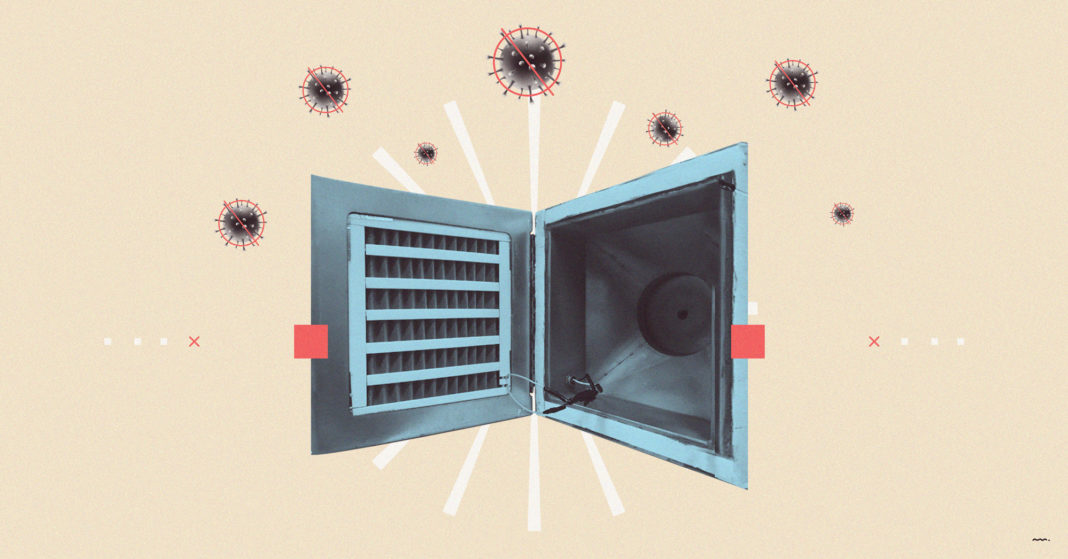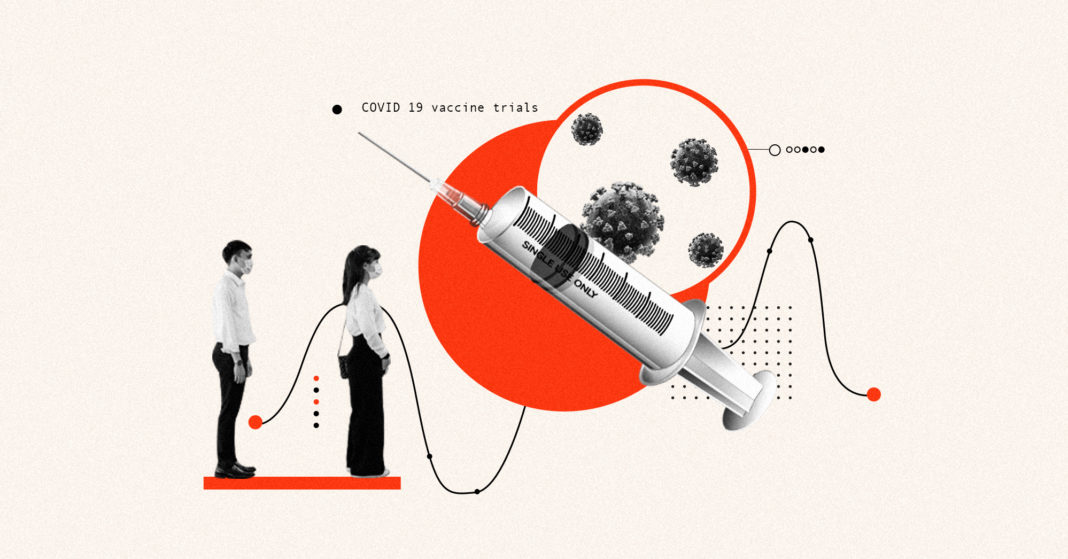With case counts heading higher and higher and the economy faltering, most Texans are probably wishing there was a way to just kill COVID-19. Here come researchers from the University of Houston to the rescue.
Working in collaboration with Medistar — a Houston-based medical real estate development firm — and others, the Texas Center for Superconductivity at UH has designed a “catch and kill” air filter that can trap the coronavirus that leads to COVID-19 and kill it instantly.
Virus tests at the Galveston National Laboratory found 99.8% of the virus was killed in a single pass through the filter made from nickel foam heated to about 392 degrees Fahrenheit. It also killed 99.9% of the anthrax spores in testing at the national lab, which is run by the University of Texas Medical Branch.
“This filter could be useful in airports and in airplanes, in office buildings, schools and cruise ships to stop the spread of COVID-19,” said Zhifeng Ren, MD Anderson Chair and Professor of Physics at UH and co-corresponding author for the research paper. “Its ability to help control the spread of the virus could be very useful for society.”
Medistar executives are also proposing a desk-top model, capable of purifying the air in an office worker’s immediate surroundings, he said.
Ren said UH was approached by Medistar in March, as the pandemic was spreading throughout the U.S.
The virus can remain in the air for about three hours, but it is unable to survive temperatures above 158 degrees. By making the filter temperature far hotter, researchers were able to kill the virus almost instantly. A filter that could remove it quickly was a viable plan. Nickel foam meets several key requirements: It is porous, allowing the flow of air, and electrically conductive, which allows it to be heated. It is also flexible.
But nickel foam has low resistivity, making it difficult to raise the temperature high enough to quickly kill the virus. The researchers solved that problem by folding the foam, connecting multiple compartments with electrical wires to increase the resistance high enough to raise the temperature to the necessary level.
By making the filter electrically heated, rather than heating it from an external source, the researchers said they minimized the amount of heat that escaped from the filter, allowing air conditioning to function with minimal strain, thus satisfying the requirements for conventional heating, ventilation and air conditioning systems.
“This novel biodefense indoor air protection technology offers the first-in-line prevention against environmentally mediated transmission of airborne SARS-CoV-2 and will be on the forefront of technologies available to combat the current pandemic and any future airborne biothreats in indoor environments,” said Dr. Faisal Cheema at UH’s College of Medicine.
A phased roll-out of the device is planned, beginning with high-priority venues where essential workers are at elevated risk of exposure like schools, hospitals and other health care facilities, as well as public transit environs such as airplanes. That will both improve safety for frontline workers in essential industries and allow nonessential workers to return to public work spaces, the researchers said.








